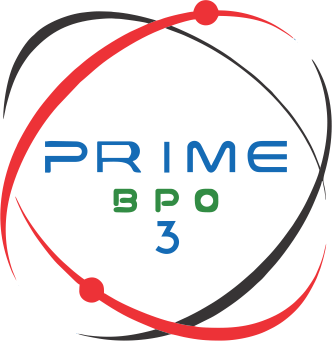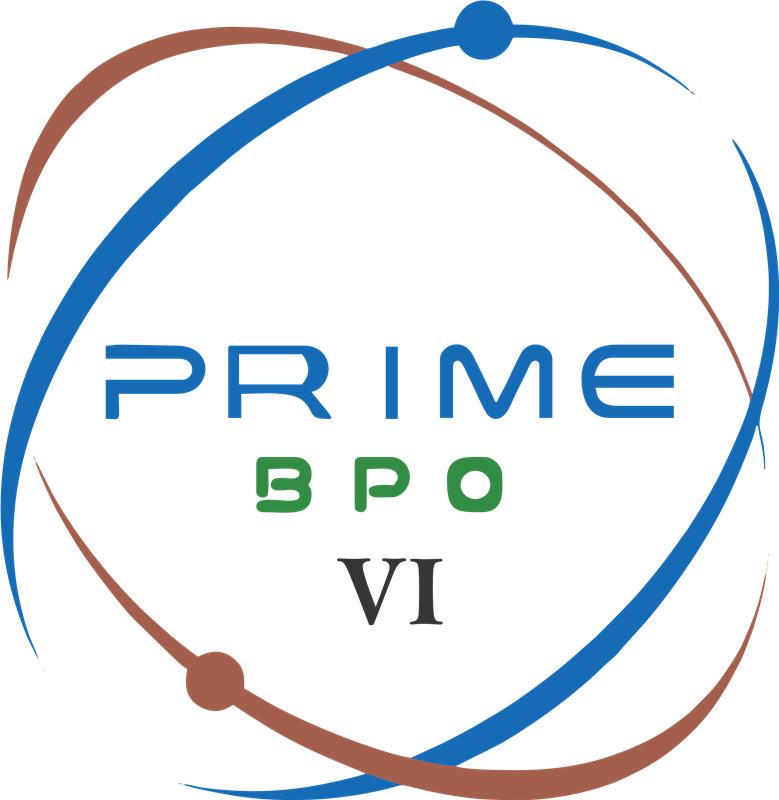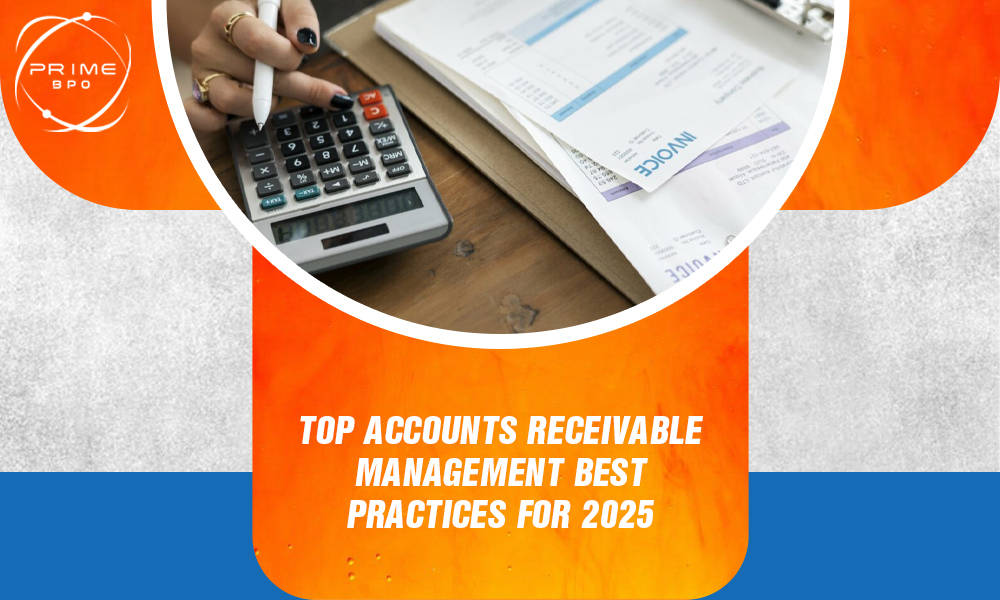In 2025, managing accounts receivable (AR) isn't just about collecting payments—it's a strategic function that directly influences your cash flow, customer satisfaction, and long-term business growth. Companies must adopt more competent AR practices with rising operational costs, digital transformation, and shifting customer expectations.
This guide breaks down the most effective, up-to-date accounts receivable management best practices, integrating automation, analytics, and outsourced support—while naturally incorporating relevant business services like logistics BPO, ecommerce optimization, and AR metrics tracking.
1. Automate Your Accounts Receivable Workflows
Manual AR processes slow down collections and increase errors. Automation is no longer optional—it's essential.
Why it matters in 2025: With advanced AR platforms and cloud tools, businesses can automatically generate invoices, send reminders, and reconcile payments—improving accuracy and reducing human effort.
Key benefits:
- Shorter invoice-to-cash cycles
- Reduced administrative overhead
- Real-time tracking and reporting
Automation minimizes late payments and helps businesses maintain a steady cash flow. For example, a logistics company that automates invoicing as soon as a shipment is delivered can reduce turnaround time and eliminate manual errors, ensuring every service rendered gets accounted for without delay.
Tip: Use AR tools that integrate with your ERP or CRM systems for seamless data flow. Look for software that allows dynamic invoice templates, automated dunning, and AI-driven payment forecasting. Automation can also extend to logistics BPO services, enabling automated triggers for invoicing upon shipment or delivery confirmation.
2. Set Clear Credit Policies and Payment Terms
One of the most overlooked components of revenue cycle management is setting transparent and enforceable credit terms.
What to include:
- Credit approval procedures
- Payment due dates and penalties
- Early payment incentives
Defined terms protect your business from non-payment and miscommunication. For instance, by offering discounts for early payments, ecommerce businesses can encourage customers to pay ahead of time, improving liquidity.
Clearly defined credit policies reduce disputes and late payments, especially for ecommerce and logistics BPO service providers managing large client volumes.
Pro Tip: Periodically review your credit policies to align them with changing market conditions and customer segments. Monitor your customers' payment behaviours and adjust terms accordingly to ensure mutual benefit and reduced risk.
3. Use Predictive Analytics for Better Cash Flow Planning
Data-driven AR decisions are crucial in 2025. Predictive analytics helps forecast customer payment behaviours and cash inflow.
Key metrics to track:
- Days Sales Outstanding (DSO)
- AR Turnover Ratio
- Collection Effectiveness Index (CEI)
These metrics allow finance teams to gain insight into customer trends and seasonal fluctuations and identify accounts that may pose collection challenges. Businesses can implement contingency plans for clients who show signs of delayed payments.
How it helps: You can identify at-risk accounts early, take proactive steps, and avoid surprises in your cash flow. You'll know which clients require closer follow-ups or revised credit limits.
Stat: Companies using predictive AR analytics reduce lousy debt by up to 30% and improve DSO by 10-15 days.
Advanced analytics can also improve ecommerce cost optimization by identifying patterns in delayed payments and refund-related issues, allowing you to tweak your pricing or promotional strategies.
4. Improve Customer Communication and Self-Service
A big part of AR management is keeping customers informed and empowered.
Best practices:
- Offer customer portals for invoice access, payment options, and dispute tracking
- Use email/SMS reminders with links to pay
- Establish an ecommerce customer service call center for quicker issue resolution
Customers want transparency and convenience. When they can access invoices and make payments without assistance, it reduces the burden on your support team and accelerates payment cycles.
Why it matters: When customers can manage their payments quickly, you're more likely to get paid on time—and keep them happy. Self-service tools reduce payment friction and minimize disputes.
An ecommerce customer service call center can also address accounts receivable questions in real-time, reducing ticket volume and dispute rates. It also helps maintain trust and strengthens customer relationships.
5. Offer Flexible Payment Methods
Today's customers expect convenient and flexible payment options, especially in ecommerce environments.
Top options to offer:
- Credit cards and ACH transfers
- Mobile wallets and buy-now-pay-later (BNPL) systems
- International payments for global clients
Businesses that support diverse payment methods often see increased sales conversions and timely collections. BNPL solutions are beautiful for high-ticket e-commerce products, but affordability can be a barrier.
Benefits:
- Better cash flow predictability
- Higher customer satisfaction
- Reduced failed payments and transaction delays
Integrating these into your AR system also supports ecommerce cost optimization by reducing processing time and friction. This results in a smoother checkout process and faster reconciliation.
6. Outsource to Experts When Needed
Many startups and mid-sized businesses benefit from outsourcing their accounts receivable processes to experienced firms.
Why it works:
- Access to trained professionals and updated tech
- Cost-effective compared to hiring in-house
- Scalable support for growing businesses
Outsourcing to an experienced outsourced accounting firm for startups allows business owners to focus on growth and core functions while professionals handle collections, reporting, and compliance. AR specialists often bring industry insights that accelerate improvement.
Look for providers offering customizable AR services with strong performance metrics and transparent reporting dashboards. This ensures alignment with your KPIs and goals.
7. Streamline Ecommerce Operations
Your ecommerce backend directly affects your AR processes. Errors in product listings or order fulfilment create payment delays and customer disputes.
Ecommerce AR best practices:
- Ensure accurate BigCommerce product data entry
- Integrate your ecommerce platform with your AR software
- Track transactions across multiple marketplaces
BigCommerce product data entry mistakes can lead to invoice inaccuracies. Consistent product descriptions, SKUs, and pricing ensure the billing department generates accurate invoices.
Improving data accuracy ensures faster settlements and fewer revenue leakages. Seamless backend operations result in improved customer trust and loyalty.
8. Align AR with Logistics BPO Services
Businesses that manage inventory, warehousing, and shipping often deal with complex billing processes. Integrating AR management with logistics BPO services can streamline invoicing and collections.
Benefits include:
- Unified data for inventory and billing
- Quicker reconciliation of delivery and payment status
- Reduced operational bottlenecks
A synchronized view of logistics and accounts receivable reduces disputes due to shipment discrepancies or delays. This alignment helps speed up the order-to-cash cycle and improves overall financial control.
9. Segment Customers by Payment Behavior
Treating every customer the same in your AR process is inefficient. Segmenting customers based on their payment history and risk level enables more brilliant follow-up strategies.
Example segments:
- On-time payers – minimal reminders
- Late payers – frequent nudges and shorter terms
- High-risk clients – stricter policies and deposits
Personalized AR management improves results. You can tailor messaging and terms to each group, increasing the effectiveness of your collection efforts.
Benefits:
- Reduced collection time
- Personalized payment follow-ups
- Improved cash forecasting
This segmentation allows teams to prioritize accounts and apply resources strategically, increasing overall efficiency.
10. Regularly Audit and Optimize Your AR Strategy
As business environments evolve, your AR process should, too.
What to audit:
- Invoicing accuracy
- Response time for payment disputes
- Collection workflows
Routine reviews uncover inefficiencies and areas for improvement. Consider benchmarking your metrics against industry standards to stay competitive.
Optimization tools:
- AR benchmarking reports
- Workflow automation upgrades
- Customer feedback loops
Continuous improvement ensures that your AR process remains aligned with business objectives and adapts to market changes.
Bonus Tip: Leverage "Accounts Receivable as a Service" (ARaaS)
Instead of investing in tools and building an entire team, many businesses now use ARaaS platforms that offer plug-and-play billing, reminders, and collections—all managed by external experts.
Why it's trending in 2025:
- Low upfront costs
- Scalable as you grow
- Ideal for SaaS, ecommerce, and international businesses
ARaaS combines tech, expertise, and service flexibility to deliver high-quality results at a lower cost. These services often include dashboards that track AR metrics in real-time, making it easier to monitor key KPIs without managing infrastructure.
Answering Common Accounts Receivable Questions
Business owners often have questions like:
- How often should I follow up on overdue invoices?
- When should I write off bad debt?
- What's a healthy DSO for my industry?
Providing internal teams with an FAQ or resource center streamlines operations and enhances employee confidence in handling customer interactions. Proactive training also reduces error rates and improves consistency in customer communication.
Future Trends in Accounts Receivable Management
As we move deeper into 2025 and beyond, businesses must prepare for emerging trends that will further shape how AR is managed. Staying ahead of these developments ensures your strategy remains competitive and future-proof.
1. AI-Powered Collections
Advanced AI systems will increasingly handle AR tasks such as prioritizing follow-ups, predicting late payments, and initiating collections workflows. These tools adapt to real-time customer behaviour patterns, improving efficiency and reducing manual intervention.
2. Embedded Finance in AR
With embedded finance, businesses can integrate financial services—like payment processing or BNPL—directly within their platforms. This creates smoother AR processes by enabling customers to act immediately on invoices or payment options without leaving the app or portal.
3. Blockchain for Invoice Integrity
Blockchain technology is gaining traction for invoice verification and secure recordkeeping. Immutable ledgers reduce fraud, improve trust between trading partners, and simplify audits.
4. Increased Demand for ESG-Aligned AR Practices
Stakeholders consider how businesses align with environmental, social, and governance (ESG) standards. Expect growing pressure to implement AR practices that support ethical debt collection, transparent reporting, and digital documentation to reduce paper waste.
5. Globalization and Currency Flexibility
As ecommerce continues expanding across borders, businesses must optimize AR to support multi-currency billing, regional tax compliance, and cross-border payment reconciliation.
Staying proactive about these trends will help your AR team lead—not lag—as the future of finance evolves.
Conclusion: Modernize Your AR Strategy for Sustainable Growth
In 2025, accounts receivable management is more than a back-office function—a strategic pillar of your business success. You can build a resilient AR system that improves cash flow and strengthens client relationships by combining automation, analytics, customer-centric tools, and outsourcing where needed.
Remember: The key to accounts receivable excellence lies in adaptability, visibility, and proactive customer engagement.
Get Free Quotes
Customized Options Await
Frequently Asked Questions (FAQs)
1. What is accounts receivable management?
Accounts receivable management refers to the process of tracking and collecting payments owed by customers for goods or services delivered. It includes issuing invoices, sending payment reminders, handling disputes, and ensuring timely collections to maintain cash flow.
2. Why is AR management critical in 2025?
With digital transformation, global ecommerce, and rising operational complexity, efficient AR management directly impacts cash flow, customer satisfaction, and business scalability.
3. What are some must-track accounts receivable metrics?
Key metrics include Days Sales Outstanding (DSO), AR Turnover Ratio, and Collection Effectiveness Index (CEI). Monitoring these helps improve collections and cash forecasting.
4. Can automation replace manual AR processes completely?
While automation handles many repetitive tasks like invoicing and reminders, human oversight is still needed for escalations, complex disputes, and customer relationship management.
5. Should startups outsource their AR?
Yes, outsourcing to an experienced accounting firm is cost-effective for startups. It ensures AR is handled professionally without investing in full-time staff and infrastructure.






